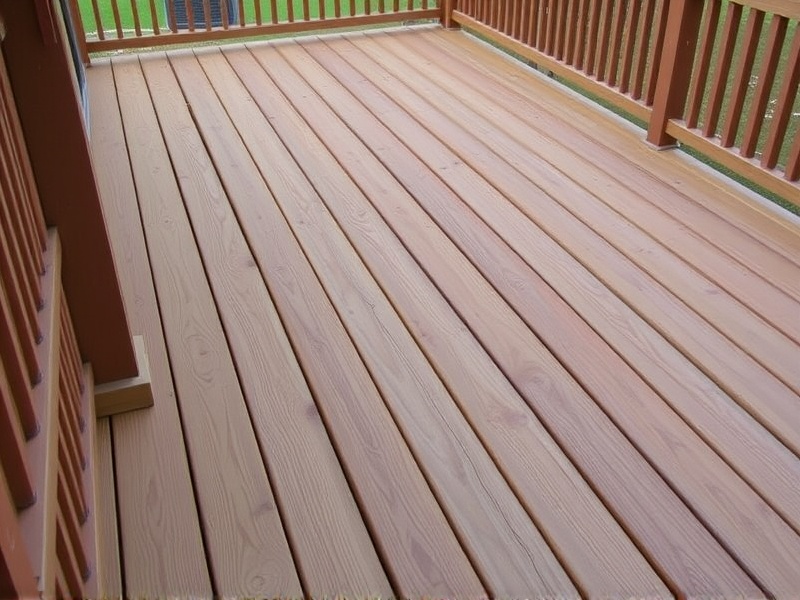Our Location
304 North Cardinal St.
Dorchester Center, MA 02124

In the realm of outdoor living spaces, deck construction is a critical component that can significantly enhance your home’s value and aesthetic appeal. Two primary materials dominate this sector: pressure-treated wood and composite decking. Both options have their unique advantages and disadvantages when it comes to initial cost, long-term cost-effectiveness, and maintenance requirements. This article delves into these aspects to help you make an informed decision between pressure-treated wood and composite decking.
The initial cost is often a decisive factor in choosing between pressure-treated wood and composite decking. Pressure-treated wood is generally more affordable upfront. It is treated with chemicals to resist rot, decay, and insect damage, which makes it a budget-friendly option. However, composite decking, made from a mix of recycled plastic and wood fibers, has a higher initial cost due to its complex manufacturing process and the use of premium materials. According to a study by the National Association of Home Builders (NAHB), the average cost per square foot for pressure-treated wood is around $8-$12, while composite decking ranges from $15-$25 per square foot.
When considering long-term cost-effectiveness, the equation changes significantly. While pressure-treated wood is cheaper initially, it requires more frequent maintenance, such as sealing and staining every few years, which can add up over time. Composite decking, on the other hand, is more durable and requires less maintenance, making it a potentially more cost-effective choice in the long run. A report by the University of Minnesota Extension suggests that the longevity of composite decking can be up to three times longer than that of pressure-treated wood, reducing overall maintenance costs.
Maintenance is another crucial factor when comparing these two materials. Pressure-treated wood decks need regular sealing and staining to protect against moisture and UV damage, which can be labor-intensive and costly over time. In contrast, composite decking is highly resistant to weathering and does not require painting or staining. However, composite materials can sometimes suffer from fading and minor scratches, though these issues are generally easier to address compared to the upkeep required for wood.
Pressure-treated wood boasts affordability and a natural look, but it demands more maintenance and may not last as long as composite materials. Composite decking offers durability and low maintenance, but it comes at a higher initial cost. The choice ultimately depends on your budget, desired aesthetics, and willingness to perform regular maintenance.
Both pressure-treated wood and composite decking offer distinct benefits and challenges. Understanding these differences can guide homeowners towards selecting the most suitable material for their outdoor living space. Whether you prioritize initial cost or long-term savings, both options can enhance your home’s outdoor ambiance if properly maintained.